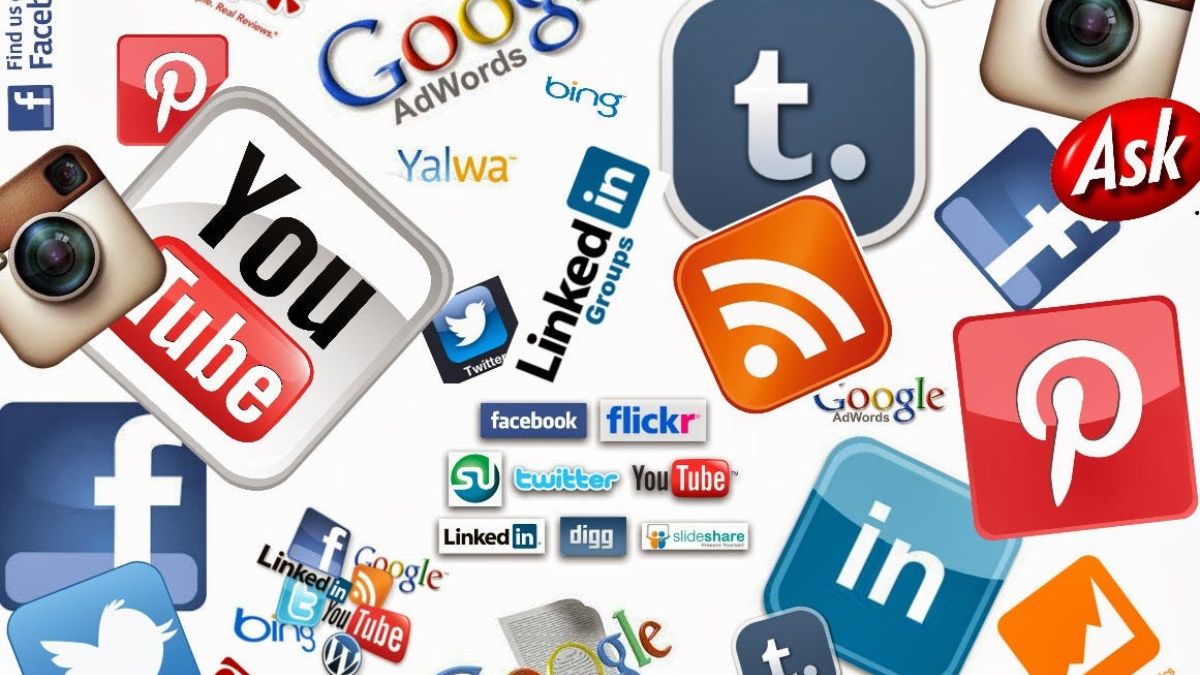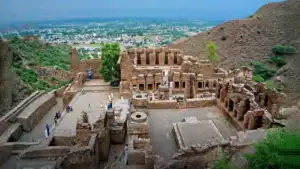Media is a powerful tool that shapes public perception, influences governance, and drives social change. In Pakistan, the media sector has grown rapidly across print, electronic, and digital platforms. While it brings many benefits, it also faces several challenges. This guide explores the advantages and disadvantages of media in Pakistan, focusing on its social, political, economic, and cultural impacts.
Advantages of Media in Pakistan
1. Strengthens Democracy and Accountability
The media plays a crucial role in holding government and institutions accountable. Investigative journalism helps expose corruption and malpractice. It also promotes political awareness and encourages voter participation.
2. Public Awareness and Education
Media is a major source of information for millions. It educates the public about current affairs, health issues, educational initiatives, and global developments. Educational campaigns through television and radio have been particularly effective in rural areas.
Read More: HEC Issues Public Warning on Scam Calls and Fake Social Media Pages
3. Promotes Culture and National Identity
Pakistani media showcases local traditions, music, dramas, and festivals to a global audience. It helps promote cultural identity and counters stereotypes. Platforms like YouTube and television dramas have increased the international visibility of Pakistani culture.
4. Supports Economic Growth and Business
Media promotes local businesses through advertising and marketing. It supports small and medium enterprises (SMEs) by increasing product visibility and creating consumer awareness. The digital media industry also generates employment opportunities.
5. Empowers Communities and Advocates for Rights
Media gives a platform to marginalized groups, women, and youth. Social campaigns addressing child labor, domestic violence, and minority rights are often initiated and supported by media coverage. Movements like Aurat March gained traction through digital media platforms.
Read More: Karachi Board Denies Fake Matric Exam Schedule Posted on Social Media
Disadvantages of Media in Pakistan
1. Sensationalism and Misinformation
In the race for ratings and views, some media outlets prioritize sensational content over factual reporting. This leads to the spread of misinformation and panic among the public. Social media platforms, in particular, are often sources of fake news.
2. Political Bias and Influence
Many media houses have political affiliations, resulting in biased reporting. This undermines journalistic integrity and misleads the public. Journalists often face pressure, censorship, and even threats when reporting on sensitive political issues.
3. Weak Regulation and Oversight
Regulatory bodies like PEMRA lack effective enforcement mechanisms. Content guidelines are often ignored. New laws, such as the Punjab Defamation Act 2024, have raised concerns about censorship and restrictions on freedom of expression.
4. Digital Divide and Access Issues
Despite increasing internet penetration, rural and underdeveloped areas still lack reliable media access. Digital illiteracy prevents many from critically analyzing content, making them vulnerable to manipulation.
5. Cultural Impact and Mental Health Concerns
Excessive exposure to foreign content may lead to cultural erosion. Social media usage is linked to rising mental health problems among youth, including anxiety, depression, and cyberbullying.
Read More: The Transformative Benefits of Education in Pakistan
Summary Table
| Aspect | Advantages | Disadvantages |
|---|---|---|
| Democratic Role | Promotes accountability and transparency | Political bias and external pressure |
| Educational Value | Informs and educates the public | Misinformation and fake news |
| Cultural Contribution | Preserves and promotes national identity | Cultural dilution through external influence |
| Economic Impact | Drives advertising and local business growth | Unequal media access and digital divide |
| Social Empowerment | Amplifies marginalized voices and issues | Mental health issues and online abuse |
Current Media Trends in Pakistan (2025)
- Artificial Intelligence in News: AI-generated news content is on the rise, raising concerns about credibility and verification.
- Defamation Laws: The Punjab Defamation Act 2024 is under public debate for its potential to restrict media freedom.
- Misinformation Control: Government and social platforms are under pressure to implement stricter fact-checking.
- Digital Growth: The shift towards digital news continues, with youth preferring online platforms over traditional television.
Read More: FIAS Fellowship 2026/2027: Fully Funded Research in France – Apply Now!
Conclusion
The advantages and disadvantages of media in Pakistan reflect its complex role in shaping the country’s future. While it fosters awareness, cultural pride, and democratic engagement, it also poses challenges that require careful regulation, ethical standards, and responsible usage. For Pakistan to benefit fully from its media potential, it is essential to balance freedom with accountability and growth with integrity. Stay tuned with Bloom Pakistan









